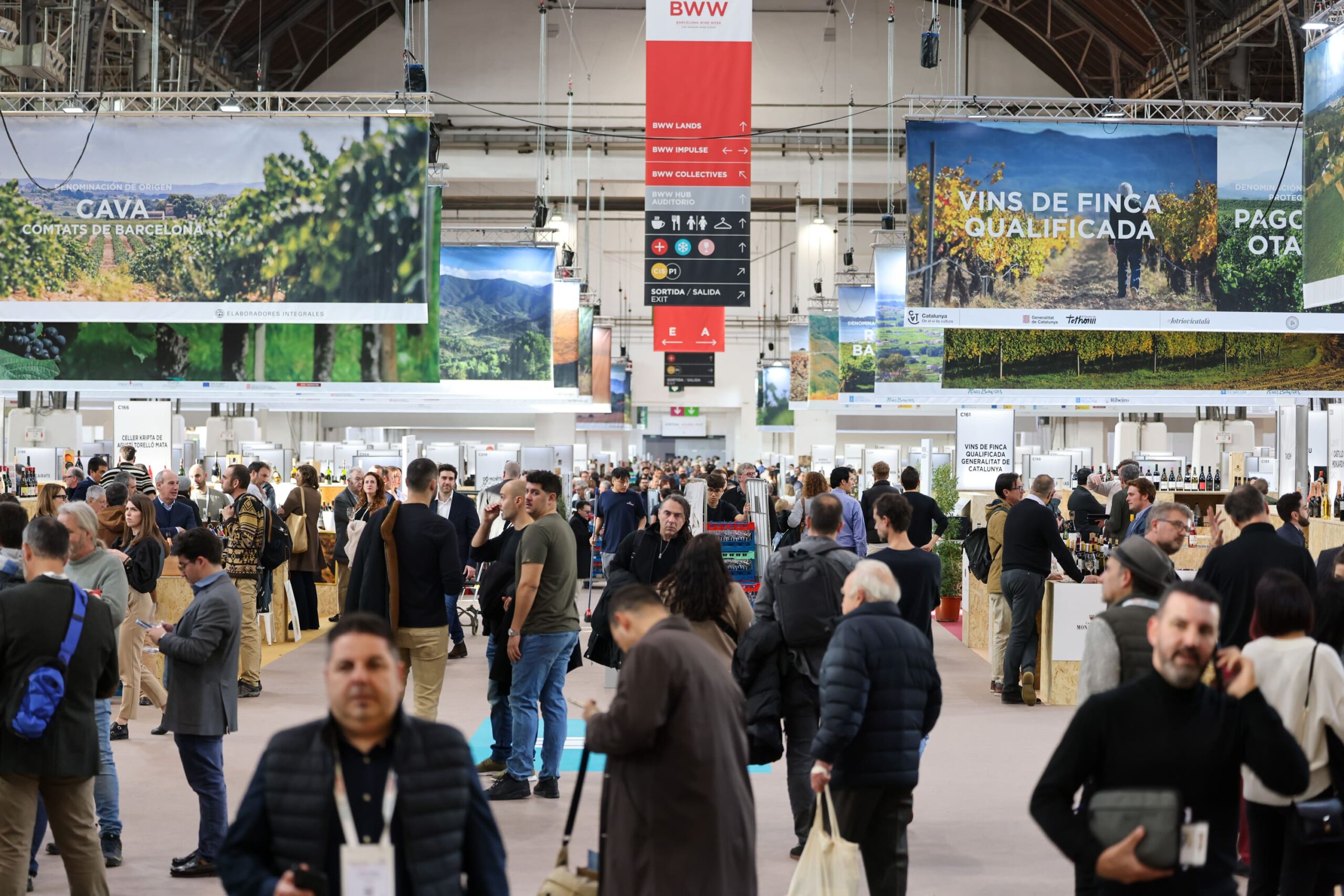Era of extraction ‘is over’ in Central Otago
The days of highly extracted Pinot Noirs and overworked ferments in Central Otago are a thing of the past according to one key winery owner in the region.
Speaking exclusively to db, David Hall-Jones, co-owner of Domaine Thomson, said: “Winemaking styles and techniques in Central Otago have come a long way in the last 20 years.
“The era of extraction, overworking ferments and striving to be like the Old World has passed. We are now moving in a new direction and are making more hands off, minimal intervention, structured wines that really showcase Central Otago. Our Pinot Noirs are all the better for this ongoing evolution and the future looks very bright for our region,” he said.
But while the future may be bright, it won’t be without it challenges, the biggest of which, Hall-Jones believes, will be the need for more machine harvesting.
“As labour costs increase and accommodation for vineyard workers remains scarce, we may see the need for more mechanisation in Otago vineyards in the future.
“Well engineered machinery will potentially help to achieve the same quality level as humans at harvest, but it’s a dilemma as I love seeing people among our vines
“Our vineyard resembles the United Nations at harvest, with dozens of nationalities helping us, including Europeans, Asians, Pacific Islanders and South Americans.
“These are young people who enjoy working in the vineyards in our province. A big part of me wants to see the human element remaining as an integral part of our vineyard life,” Hall-Jones told db.
As to whether we are likely to see more high profile sale of small Central Otago wineries to big players, Hall-Jones believes the region has become hot property. “There is ongoing pressure on some smaller owner-operator vineyards who find it difficult to bear the cost of marketing their wines in a competitive market place.
Partner Content
“Making and selling wine in this region, where volumes need to be relatively low to protect wine quality, is a challenge and scale is certainly a plus.
“I think we’ll see larger companies snapping up some really fine smaller vineyards over time. Many of the big players, both national and international, want to add Central Otago Pinot Noirs to their portfolios, and I see this trend continuing,” he said.
Hall-Jones also revealed that winemakers looking to snap up the remaining suitable spots left for planting in Central Otago will have to compete with cherry growers, as the cherry industry there is booming.
“However, climate change may see some slightly cooler, less desirable areas becoming more suitable for planting. Wines from such regions may pass muster in a good year but I fear for some of these sites in cooler years,” he said.
Hall-Jones believes Central Otago is turning tourists into loyal Pinot lovers due to its knockout landscapes that burn bright in the memory.
“Central Otago is a remarkably beautiful place and tourism is booming. Visitors to the region inevitably have that eureka moment when they drink an Otago Pinot Noir while looking out at a stunning lake or alpine view.
“These wine lovers leave Central Otago with special moments etched in their memories, which means that people who come to our region tend to be loyal and long-term drinkers of our wines,” he said.




